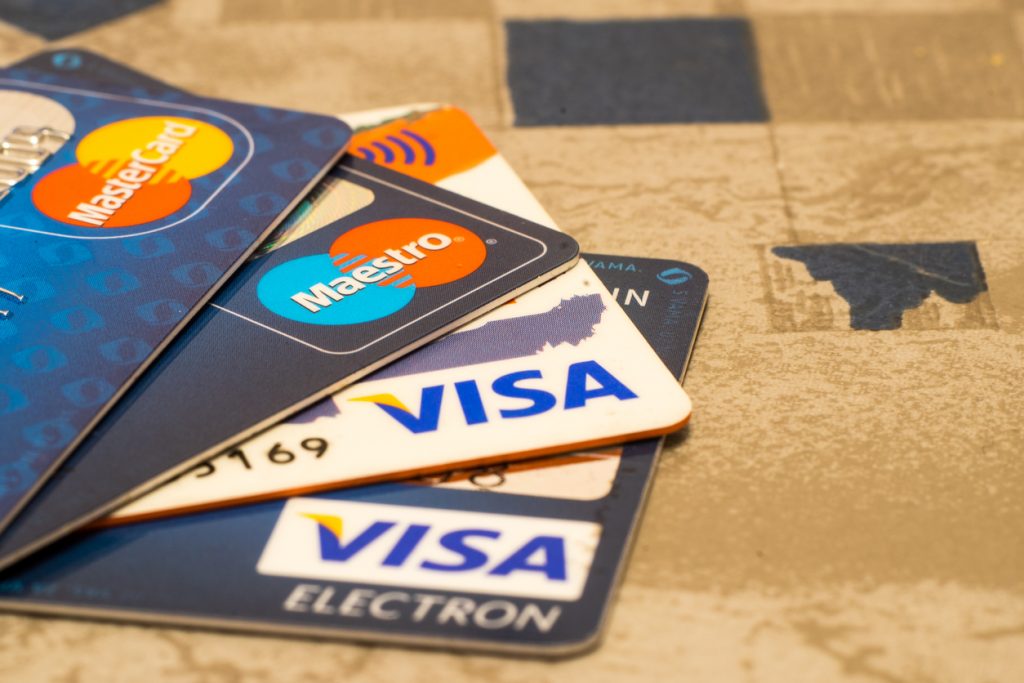Chargeback on Credit Cards - Reversing Charges For Poor Goods & Services.
When you make a purchase using your credit card, you expect the goods or services to be delivered as promised. But sometimes, things go wrong. The item might not arrive, be damaged, or fail to match its description. In such cases, many consumers are unaware that credit card chargebacks offer a form of financial protection. This article will explore how chargebacks work, the rules surrounding them in the UK, potential consequences of abusing chargebacks, and the likelihood of success when filing a chargeback claim.
What Is a Chargeback?
A chargeback is a process that allows you to reverse a payment made by credit, debit, or charge card if the product or service you paid for is not delivered as agreed. This process is initiated by contacting your bank or card issuer to request the reversal of a transaction. When you file a chargeback, your bank contacts the merchant's bank to reclaim the funds, potentially providing you with a refund, even if the merchant is unwilling to cooperate.
It’s worth noting that chargebacks are part of the rules set by payment card networks such as Visa, Mastercard, and American Express. While chargebacks are not legally required, participating banks and card issuers voluntarily adhere to these rules to protect consumers.
How Does a Chargeback Work on a Credit Card?
The chargeback process begins when a cardholder disputes a transaction by contacting their card issuer (e.g., a bank). Here’s a step-by-step breakdown of how a typical chargeback works:
- Initiating the Claim: The cardholder first contacts their bank and provides evidence that the goods or services were not delivered or were substandard. The bank will ask for details such as the transaction date, merchant information, and the nature of the dispute.
- Bank Investigation: After receiving the dispute, the bank investigates the case. If the case seems legitimate, the bank will contact the merchant’s bank, requesting the funds be returned.
- Merchant Response: The merchant may agree to refund the money or contest the chargeback. If the merchant contests the claim, the bank will investigate further.
- Resolution: If the chargeback is successful, the funds are returned to the cardholder's account. If the claim is unsuccessful, the cardholder is responsible for the transaction.
It’s important to understand that chargebacks are not a quick process. They can take several weeks or even months, depending on the complexity of the dispute.
What Are the Chargeback Rules in the UK?
In the UK, the chargeback rules are governed by the card networks (Visa, Mastercard, and Amex) and the Financial Conduct Authority (FCA). These rules are not enshrined in law but form part of the terms and conditions between banks, card issuers, and consumers.
Key Chargeback Rules in the UK:
- Timeframe for Claims: Chargeback claims must usually be filed within 120 days of the transaction. In some cases, such as for future-dated items (e.g., flight tickets), the clock starts ticking from the date you were supposed to receive the service.
- Reasonable Efforts: Before requesting a chargeback, the cardholder is generally expected to have attempted to resolve the dispute directly with the merchant. If you’ve tried to resolve the issue with the merchant but have been unsuccessful, the chargeback process is your next option.
- Transaction Type: Chargebacks can be used for both credit and debit card purchases. However, some transactions, such as those made through PayPal or using only a small deposit, might not be eligible for chargeback protection.
As Sarah King, Senior Associate at the law firm Mishcon de Reya, explains, "While chargeback is not a legal requirement, it provides a valuable safety net for consumers. However, consumers should always try to resolve disputes directly with the merchant first, as chargebacks are typically seen as a last resort."
Can You Get in Trouble for a Credit Card Chargeback?
Credit card chargebacks are designed to protect consumers, but there are rules governing their use. If you misuse the chargeback process, you could face consequences. For example, if you file a chargeback on a legitimate transaction or simply change your mind about a purchase, this could be seen as fraud or "friendly fraud."
Friendly fraud occurs when a consumer disputes a transaction without a valid reason, essentially abusing the chargeback process. This can lead to:
- Banned from Using Chargeback: Repeatedly misusing chargebacks can result in your card issuer or bank restricting your access to chargeback services.
- Financial Consequences: If your chargeback is found to be fraudulent, you may be required to pay back the funds, along with any associated fees. In severe cases, this can result in legal action.
While chargebacks are a useful consumer protection tool, they should not be used frivolously or dishonestly. It is always crucial to ensure your claim is legitimate before initiating the process.
How Successful Are Chargeback Claims?
The success of a chargeback claim depends on various factors, including the reason for the dispute, the evidence provided, and the merchant's response. Here’s a breakdown of the factors that influence the success rate of chargeback claims:
- Valid Reason for Dispute: Chargebacks are most likely to succeed when you have a valid reason, such as non-delivery, defective goods, or a breach of contract.
- Clear Evidence: Providing clear and compelling evidence to support your claim can significantly increase the chances of success. This may include email correspondence, photos of defective items, or proof that the company has gone out of business.
- Merchant’s Response: If the merchant agrees to the chargeback or fails to respond, your chances of success are higher. However, if the merchant contests the chargeback with evidence of their own, the bank may rule in their favour.
According to financial expert Andrew Hagger from MoneyComms, "Chargeback claims are often successful when the consumer has a strong case backed by clear evidence. However, consumers should remember that the process can be lengthy, and there are no guarantees that the funds will be returned."
When Should You Use Chargeback vs. Section 75?
When making purchases, consumers have two potential routes for claiming a refund: chargeback and Section 75 of the Consumer Credit Act 1974.
- Section 75: This is a legal right that applies to credit card transactions over £100. It holds the credit card provider jointly liable with the retailer if something goes wrong. Section 75 provides stronger protection than chargeback, especially for large purchases.
- Chargeback: This is a more flexible option that can be used for both credit and debit card transactions. However, chargeback isn’t as strong as Section 75 and does not cover transactions over £100 as comprehensively.
If you qualify for both chargeback and Section 75, it makes sense to try chargeback first for faster resolution. If that fails, Section 75 may provide an alternative solution.
Credit card chargebacks offer consumers valuable protection against faulty or non-delivered goods and services. They provide an alternative when a merchant refuses to offer a refund or goes out of business. While chargebacks are not guaranteed, they offer a useful avenue for reclaiming your money.
It’s important to ensure that you follow the correct procedures, provide adequate evidence, and only use chargebacks when appropriate. Abuse of the system can result in serious consequences, including a ban from future chargeback claims. By understanding when and how to use chargebacks, you can ensure your consumer rights are effectively protected.

















